By Elio Wilder (they/them)
Content warning: mentions of homophobia, discussions of misogyny
Put simply, compulsory heterosexuality is the theory that heterosexuality is enforced by patriarchy. Often shortened to ‘comphet’, the term is frequently used in online queer discussion spaces. ‘Compulsory heterosexuality’ originates from the 1980 essay Compulsory Heterosexuality and The Lesbian Existence by Adrienne Rich. However, as time has gone on the details and nuances of the term, as expanded upon in the original essay, have become obscured.
I recently witnessed an interaction in a social media comment section to the effect of:
Comment: only lesbians can experience comphet
Response: actually, all queer women can experience comphet
The first commenter asserts that only lesbians can feel a pressure to conform unnaturally to heterosexuality, whereas broadly queer women (bi, pan, etc.) can still be comfortable in straight relationships.
The responder asserts that compulsory heterosexuality is essentially internalised homophobia, which can affect any queer person’s confidence in pursuing a queer relationship.
The number of likes for each comment indicated that the verdict of the comment section favoured the latter. Yet, they are both wrong.
As we all live under patriarchy, and compulsory heterosexuality is part of patriarchy, it is something we are all subjected to, straight women included. The target audience for the essay is ‘heterosexual feminists’ who are encouraged to ‘examine heterosexuality as a political institution which disempowers women’.
Rich challenges heterosexual women to question the societal notion that heterosexuality is the default, and to examine it as patriarchal propaganda. Across 38 pages, Rich discusses the ways in which patriarchy has sought to control women through legal and social sanctions to maintain their total dependence and subservience towards men— including the enforcement of heterosexuality ‘as a means of assuring male right of physical, economic, and emotional access’— while also limiting women’s ability to resist patriarchal oppression.
This could perhaps be more accurately summarised as ‘compulsory heterosexual coupling’. It is not enough that a woman is heterosexual, she must also be actively committed to a man in order to be conforming to patriarchy. This allows every individual woman to be managed by an individual man, who is tasked with maintaining her compliance. A man who fails to do so risks social sanctions, such as losing the respect of his peers.
Rich goes on to discuss how the enforcement of heterosexuality affects queer women and how the enforcement of coupling affects straight women. Ultimately, all women are affected by compulsory heterosexual coupling but in different ways and through different means.
In this regard, queer women in modern Australia are possibly less affected by compulsory heterosexuality than straight women. Whilst queer women have the option of coupling with other women and being generally accepted by society, a 30+ year old straight woman choosing to be single and/or childfree is less socially acceptable.
Heterosexual coupling, Rich asserts, is ‘something that has had to be imposed, managed, organized, propagandized, and maintained by force’. This remains true, with the continued propagandisation of heterosexual coupling in children’s media and social pressure on single women to ‘settle’. By contrast, Rich’s observation that ‘One of the many means of enforcement is, of course, the rendering invisible of the lesbian possibility’ no longer rings true in Australian society. Though heteronormativity prevails, queer people are no longer forced to the margins, shrouded from the view of greater society.
The 4B movement in South Korea, where participants reject dating, marriage, child-rearing, and sex with men is considered ‘radical’. This evidences that the concept of a single woman leading a fulfilling life is more radical to modern society than two women getting married. Over the past 40 years queer rights have made more headway than straight women being liberated from the nuclear family. For this reason, Rich’s 1980 essay remains relevant, perhaps more so for straight women.
Compulsory heterosexuality is often used on the internet to mean internalised homophobia in the context of queer people feeling the pressure to conform to heteronormativity. Though internalised homophobia is an important topic to dissect, the use of ‘compulsory heterosexuality’ in this context reduces the broadness of the original term. Rich challenges ‘freely and innately heterosexual’ women to join the conversation and examine the impact of heteronormative coupling upon their life. The essay demonstrates that both queer and non-queer women are oppressed by compulsory heterosexual coupling under patriarchy. In 1980, Rich sort to dismantle the assumption of heterosexuality, now it is the assumption that all women aspire to be married that remains. It is only together, through a coalition between queer women and allies that mutual liberation from patriarchy can be achieved; ‘a freeing-up of thinking, the exploring of new paths, the shattering of another great silence, new clarity in personal relationships.’
Got a feminist opinion you want to share? We want to publish your work! Anyone can contribute to the OWP blog, no experience necessary! Find out more about being featured on our blog.
Read the full essay here: https://posgrado.unam.mx/musica/lecturas/Maus/viernes/AdrienneRichCompulsoryHeterosexuality.pdf
More about the 4B movement:
https://www.jhunewsletter.com/article/2024/04/we-can-all-learn-from-south-koreas-4b-movement

